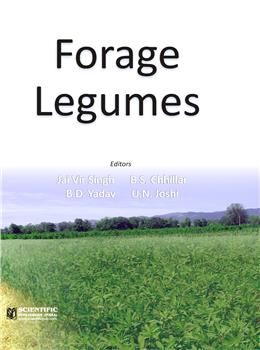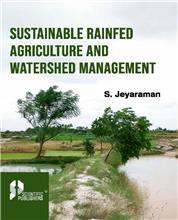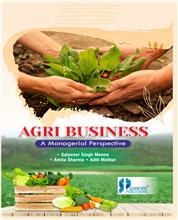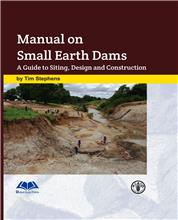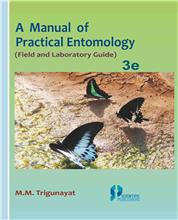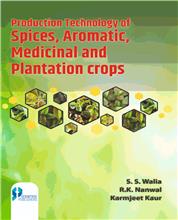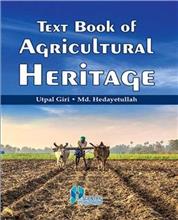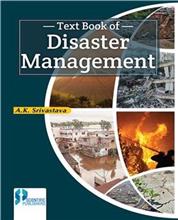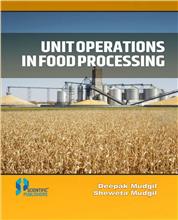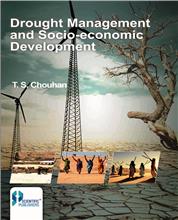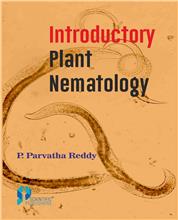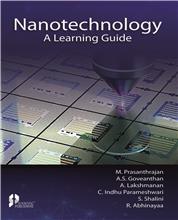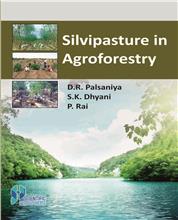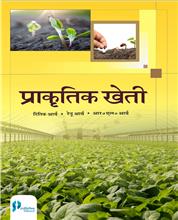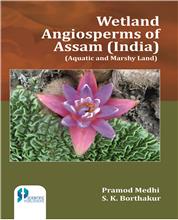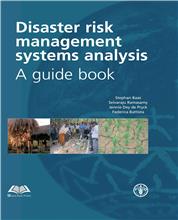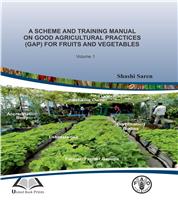1 Forage Legumes – An Introduction - T. Ram and R.S. Sheoran
2 Breeding Forage Legumes - J.V. Singh and J.S. Verma
3 Improvement of Forage Legume Crops using Biotechnological Techniques - K.S. Boora, J.V. Singh, P. Boora and A. Gulati
4 Forage Legumes Production Technology - B.D. Yadav and Virendar Kumar
5 Fodder Production Potential and Tree Breeding Strategies for Important Fodder Trees - K.S. Bangarwa, M.S. Hooda and Ravi Kumar
6 Disease Management in Forage Legumes - P.P. Gupta and J.V. Singh
7 Insect-pest Management in Legume Forage Crops - S.P. Singh and B.S. Chhillar
8 Nutrients Management in Legume Forage Crops - D.J. Dahiya, Ravi Kumar and M.S. Hooda
9 Nutritional and Anti-nutritional Constituents of Forage Legumes - U.N. Joshi, Sandeep Kumar and Kaushalya Gupta
10 Seed Production of Major Forage Legumes in India - Dinesh Kumar and Rakesh Seth
11 Nutritional Potential and Quality Evaluation of Legume Fodders in Ruminants - B.S. Tewatia and K.R. Yadav
12 Nutritional and health aspects of fodder arid legumes - Raj Bala Grewal
